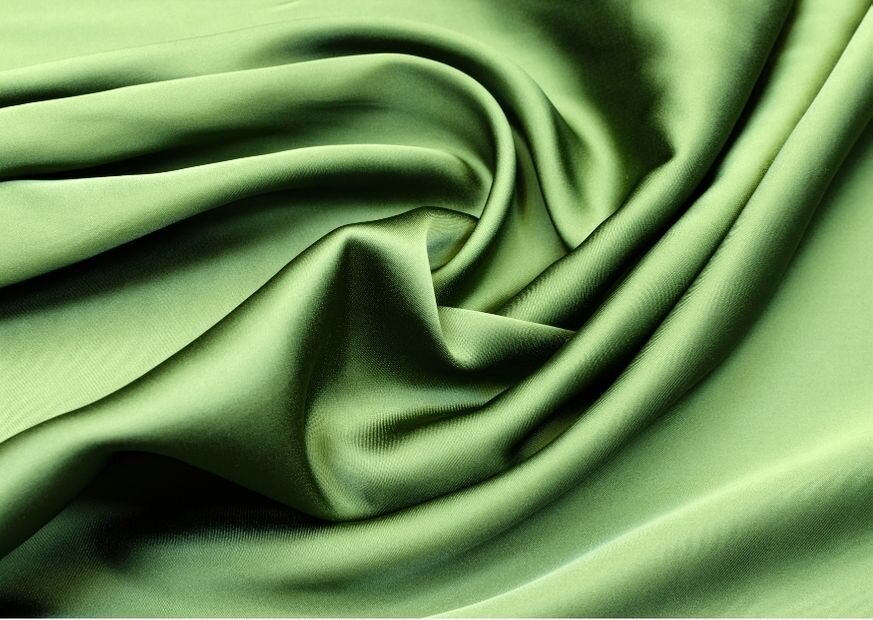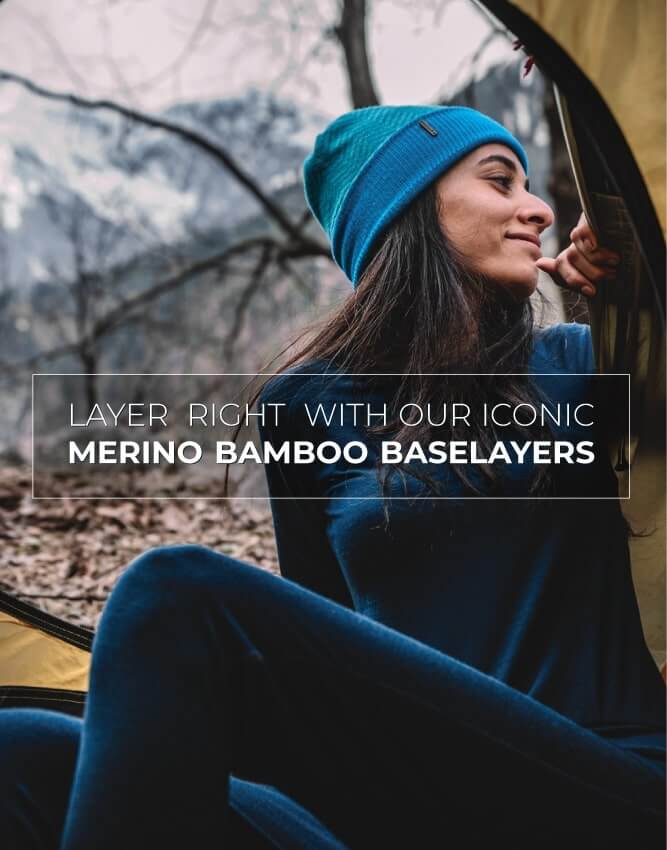Best Bamboo Clothing Tips
Wiki Article
What Makes Yak Merino A Great Base Layer To Wear For Winter Sports Clothing With Regards To Warmth/Temperature Regulation And Moisture Control?
Base layers made from Yak merino are perfect for winter sportswear due to their mix of features that enhance warmth, temperature regulation and the comfort.
Both Merino and yak wool have naturally insulating properties. Yak wool, thanks to its hollow fibers holds air, providing excellent warmth. Merino wool is also famous for its insulation.
Controls body temperature- The fabric is able to regulate body temperatures by trapping warmth in cold conditions and allowing airflow during vigorous activities.
Moisture Management-
Merino Wool's Moisture Wicking Properties draw sweat from your skin and disperse it, stopping sweat. Yak wool also helps to transfer moisture, keeping the wearer comfortable and dry during vigorous physical exercise.
Comfort-
The softness Merino wool has soft, fine fibers. They are soft and do not cause skin irritation. Incorporating yak fibers into the mix, which are soft, enhances the level of comfort.
Odor Resistant- Both types have antimicrobial properties that reduce the development of the bacteria that cause smells, and keeps the clothing fresh.
Durability-
Strength and Resilience - Yak is a tough fiber, however when it is coupled with merino, it is stronger and more resistant to wear. This makes it suitable for vigorous activities.
Natural Fiber Benefits-
Renewability - Yak and merino wool are renewable, biodegradable fibers, which makes them environmentally green selections.
These wools can be used to deal with a range of weather conditions.
The combination of yak and merino wool maximizes the benefits of each fabric and creates the best fabric in offering warmth, regulating temperatures, controlling moisture, ensuring comfort and is sturdy. The yak-merino blend base fabric is perfect for winter sports clothes. It can be utilized for the demands of outdoor activities in colder climates and keep people dry and comfortable. See the top rated helpful resource on merino wool base layers for website examples including wicked wool base layer, merino wool base layer pant, baselayer bottom, minus 33 base layer, smartwool men's classic thermal merino base layer crew, merino wool first lite, smartwool 1 4 zip womens, baselayer bottom, wool long underwear mens, wool underlayer and more.

What Are The Advantages Of Bamboo Clothing For Outdoor Winter Clothes In Terms Of The Durability, Comfort, And Safety?
Bamboo clothing is an excellent option for outdoor clothes that offers comfort, security and environmental the environment.
Softness Bamboo fabric's smooth texture and softness makes it gentle for the skin. It is often compared to silk or cashmere for its luxurious texture.
Bamboo fibers are renowned for their ability to wick moisture away, which enables them to wick moisture away from skin and keep the wearer dry and comfortable.
Thermal Regulation- Bamboo clothing has natural temperature-regulating properties, providing warmth in winter while remaining breathable to prevent overheating.
Sustainability-
Bamboo is renewable source of energy. It can grow quickly and without chemical or pesticide fertilizers. Bamboo is able to regenerate quickly, making it an environmentally sustainable option for clothes materials.
Low Environmental Impact Bamboo farming requires less water and is more efficient. Bamboo also does not deplete the soil's nutrients. Bamboo absorbs more CO2 than other species and also releases more oxygen into the air.
Protection for Outdoor Wear-
UV Protection Bamboo fabric, with its inherent UV-resistant properties can provide a natural defense from harmful UV-rays.
Bamboo is a natural antimicrobial, called "bambookun," and it helps to inhibit the growth bacteria which cause odor. This keeps clothes fresher for a longer amount of time, particularly when doing outdoor activities.
Other Benefits -
Durability Bamboo fibers are known for their an extremely durable quality, which makes them suitable for outdoor clothes that are likely to be exposed to harsh wear and tear.
Biodegradability. Bamboo clothing is biodegradable. They will decay naturally when they reach the end of life, which reduces the environmental impact.
Bamboo fabric used in winter clothing offers many benefits, including thermal comfort. Sustainability and moisture management. Take a look at the best bamboo clothing tips for more examples including organic bamboo pajamas, bamboo viscose pajamas, bamboo activewear, bamboo yoga clothing, angel dear bamboo pajamas, bamboo fabric clothing, bamboo polo shirts, bamboo baby pajamas, bamboo brand jeans, bamboo brand jeans and more.

What Is The Difference Between Merino And Wool Clothing?
Check out the texture, warmth and moisture absorption of bamboo, merino and traditional wool clothes.
Merino Wool- Merino wool is known for its softness and fine fibres. It provides more smooth and less scratchy texture when compared to wool that is traditional. It is generally regarded as more comfortable on the skin.
Clothing that is made from bamboo- The bamboo is a smooth, silky fabric, often compared to cashmere and silk. Bamboo has a soft and delicate feel, offering a comfortable wearing experience.
Traditional Wool: Traditional wool is available in a range of textures. Some are more coarse than others, and can cause discomfort or itchiness.
Warmth-
Merino Wool Merino is an excellent wool for warming due to its insulation properties. It retains heat when damp, and is effective in insulating colder climates.
Bamboo Clothing is also warm but isn't as protected as the merino. It's a fantastic temperature regulating material, making it comfortable in all conditions.
Wool, as with bamboo clothing and merino, is a great insulation. The traditional wool can be heavier than merino and bamboo clothing.
Moisture Absorption-
Merino Wool Merino Wool, with its exceptional moisture-wicking capabilities is able to draw moisture away from the skin, allowing it to evaporate. Even when it is wet the wool stays warm.
Bamboo clothing - Bamboo fabrics can also wick moisture away making it comfortable for exercise. It is able to regulate humidity and keeps wearers dry.
Traditional Wool: Although wool is able to absorb moisture but it doesn't possess the same moisture-wicking properties as merino and bamboo fabrics. Certain kinds of sheep's hair can feel heavy and damp after being damp.
Merino wool is known for its softness, warmth and ability to wick moisture. Bamboo clothing offers a silky and smooth texture, adequate warmth, and great moisture control. Traditional wool may have a different texture, provide warmth and absorption of moisture, however they are more coarse or heavier when compared with the bamboo or merino clothes. Each material has unique properties that are suited to various clothing preferences and requirements. View the best bamboo winter clothings for blog info including wool thermal underwear, merino 250 base layer, wool thermals womens, 400g merino wool base layer, merino wool underlayer, merino wool leggings women's, ski underlayers, wool underlayer, lightweight merino wool base layer, best layers for skiing and more.
